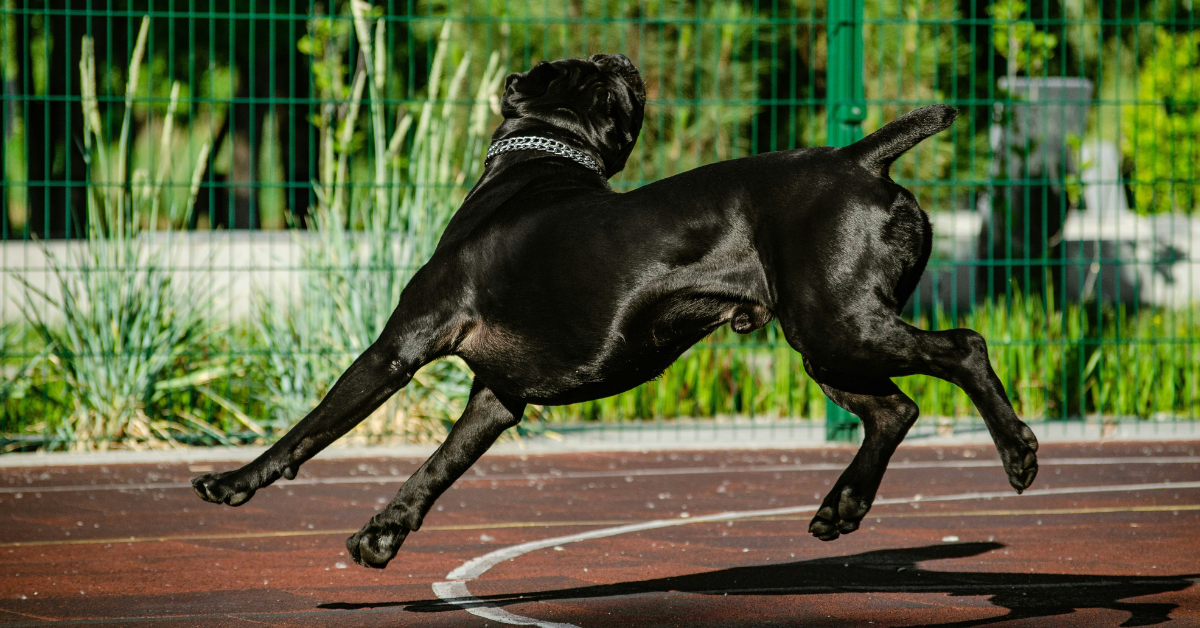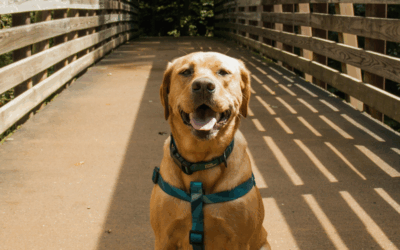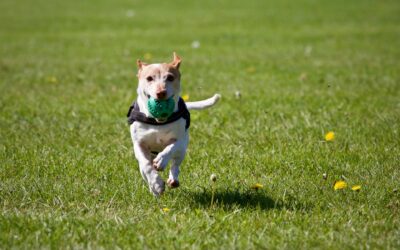I’ve watched countless dogs step onto an agility course unsure of themselves and walk off standing taller, tails wagging with new confidence. There’s something magical about watching a hesitant pup navigate their first wobble board or tentatively approach a tunnel, only to emerge moments later with their chest puffed out in triumph.
Dog agility training isn’t just about teaching your companion to jump through hoops or weave through poles—though those skills certainly have their place. At Canine Cardio in Arlington, we’ve discovered that agility classes serve a much deeper purpose. They’re a pathway to building balance, focus, and an unbreakable bond of trust between dog and handler.
Unlike the chaotic energy of traditional dog parks or unstructured play, our approach to dog agility emphasizes intentional movement and purposeful challenges. Each obstacle becomes an opportunity for your dog to develop body awareness, problem-solving skills, and most importantly, unshakeable confidence that carries far beyond the training course.
Whether your dog is a high-energy breed seeking productive outlets or a shy rescue needing gentle encouragement, structured agility training offers mental stimulation and physical conditioning that transforms not just how your dog moves, but how they approach the world around them.
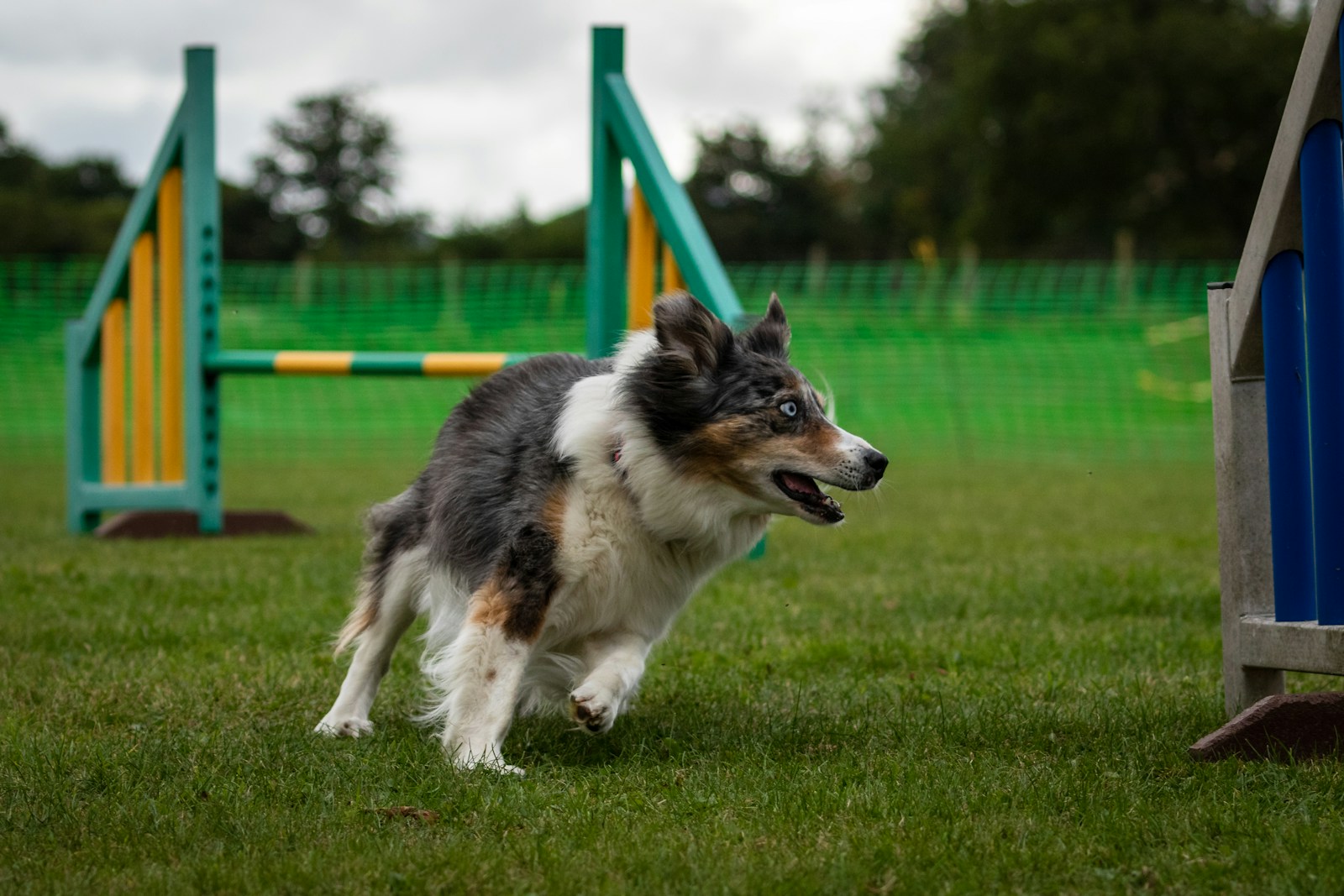
Photo by Roger Chapman on Unsplash
What Is Dog Agility Training — and Why It Matters
Dog agility represents both competitive dog sports and a powerful form of structured enrichment that engages your companion’s mind and body simultaneously. At its core, agility training involves navigating a series of obstacles—jumps, tunnels, weave poles, and balance equipment—under the guidance of their handler.
The benefits extend far beyond simple physical exercise. Agility promotes body awareness as dogs learn to control their movement through space, calculating distances and adjusting their stride for different obstacles. This enhanced proprioception translates into better coordination during everyday activities, from navigating stairs to playing in the backyard.
Mental stimulation plays an equally crucial role. Dogs must process visual cues, follow directional commands, and make split-second decisions about how to approach each challenge. This cognitive workout often proves more tiring than a long dog walk, leaving dogs satisfied and calm rather than simply physically drained.
Perhaps most importantly, agility training strengthens the communication bond between dog and owner. Success requires clear signals, perfect timing, and mutual trust. When a dog commits to following their handler’s direction through a tunnel or over a jump, they’re demonstrating faith in their human’s leadership—a confidence that extends into all aspects of their relationship.
The team experience built through agility creates a unique partnership. Both dog and handler must learn to read each other’s body language, anticipate reactions, and celebrate victories together. This collaborative approach builds respect and understanding that makes everyday training and behavior management more effective.
When Should You Start Teaching Agility?
The beauty of agility lies in its adaptability to dogs of all ages and experience levels. Puppy agility focuses on building confidence and body control through low, safe obstacles and playful exploration. Young dogs can begin with simple exercises like walking over low poles, exploring tunnels at ground level, or stepping onto wobble boards with treats and encouragement.
For puppies under six months, the emphasis should remain firmly on fun rather than precision. Their joints and growth plates are still developing, making high jumps inappropriate. Instead, introduce them to different textures, moving objects, and gentle balance challenges that build coordination without strain.
Adult dogs often find that agility provides the perfect outlet for excess energy and mental stimulation. High-drive breeds like Border Collies, Australian Shepherds, and Jack Russell Terriers naturally excel at agility’s combination of speed and problem-solving. However, calm, methodical breeds can be equally successful when the training is adapted to their natural pace and temperament.
Training sessions become particularly valuable for anxious or reactive dogs. The structured nature of agility provides clear expectations and achievable goals, building confidence through success. Dogs learn to focus on their handler despite environmental distractions, developing impulse control and emotional regulation that benefits behavior in all situations.
It’s never too late to start agility training. Senior dogs can participate with modified obstacles and longer rest periods, enjoying the mental engagement and gentle physical activity. The key lies in matching the intensity and complexity to each dog’s individual capabilities and comfort level.
Starting with foundation skills ensures every dog builds confidence before progressing to more challenging elements. This approach prevents frustration and maintains the positive association that makes agility a rewarding lifelong activity.
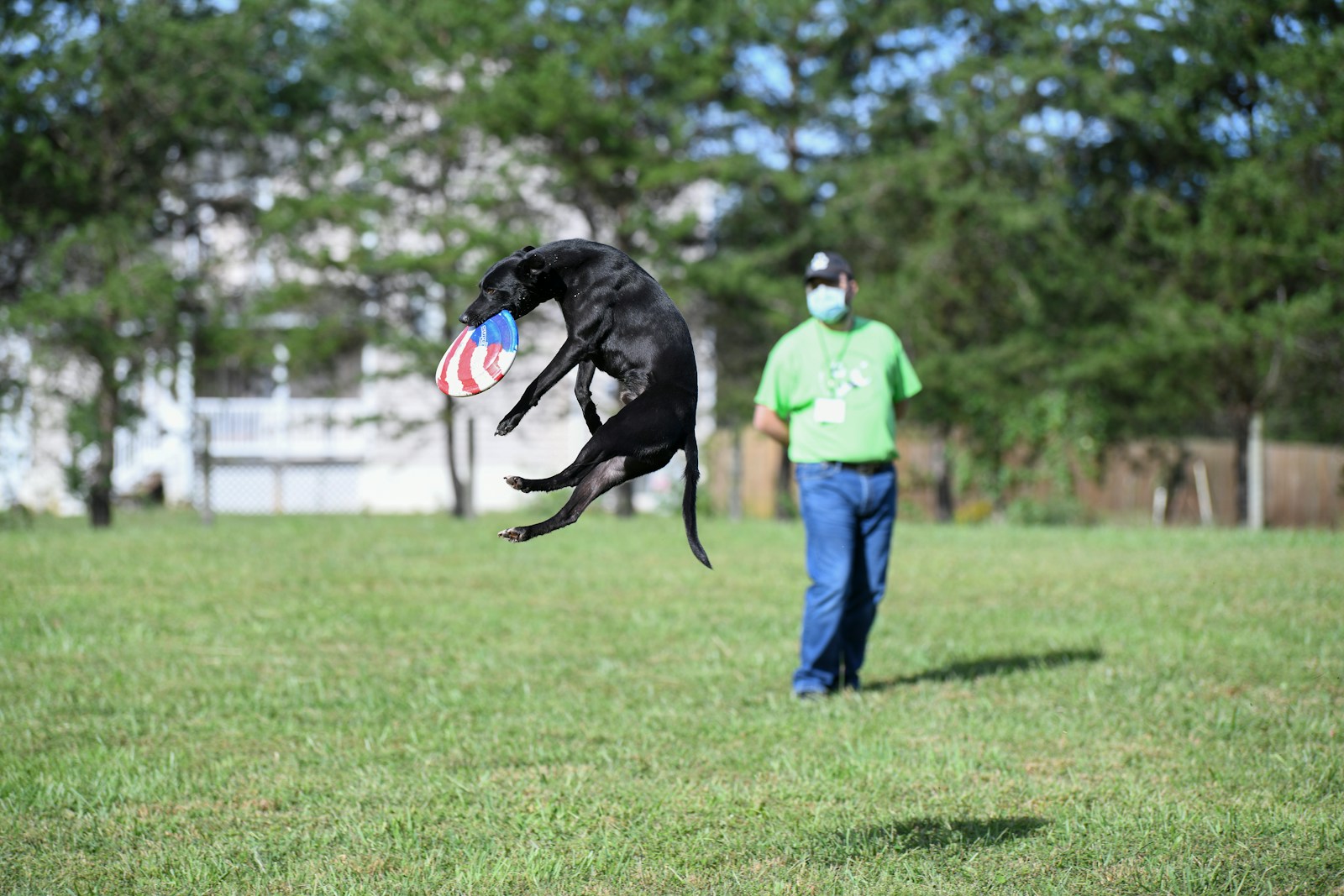
Photo by Robin Jonathan Deutsch on Unsplash
How We Approach Agility Classes at Canine Cardio
While we dont specialize in agility training, our philosophy centers on viewing every agility session as part of a comprehensive wellness plan that balances structure, exercise, and calm leadership. Rather than treating agility as pure entertainment, we integrate it into our broader mission of helping dogs develop skills that enhance their overall quality of life.
The trainer-led environment distinguishes our approach from typical agility programs. Dogs are guided with clear intention rather than left to figure out obstacles on their own. Our certified Pack Leaders understand canine body language and communication, ensuring each dog progresses at their optimal pace while maintaining confidence and enthusiasm.
Our facility features carefully selected equipment designed to build confidence progressively. Weave poles help dogs develop flexibility and coordination while learning to follow directional cues. The tire jump challenges spatial awareness and timing. Our wobble board and various balance equipment strengthen core muscles while building trust in unstable surfaces.
Tunnels provide an excellent starting point for nervous dogs, offering a clear path with a visible end goal. Moving objects like teeter-totters introduce controlled unpredictability, teaching dogs to adapt and problem-solve. Each piece of equipment serves multiple purposes, developing different aspects of physical and mental fitness.
We start small and celebrate every victory. A dog’s first successful tunnel passage receives the same enthusiasm as a perfect weave pole performance. This positive reinforcement approach ensures dogs associate agility with fun and achievement rather than pressure or stress.
Agility Builds Your Dog’s Confidence
Agility training serves as a gateway to Canine Cardio‘s broader wellness philosophy, where structure and purposeful movement create calmer, stronger, and more fulfilled dogs. The confidence gained through mastering obstacles translates into every aspect of a dog’s life, from walking calmly on busy streets to greeting strangers with appropriate energy.
Our approach integrates agility throughout multiple programs. Dogs in our structured daycare rotate through agility sessions as part of their enrichment schedule. Gym members incorporate obstacle work into their fitness routines. Even our behavioral academy uses agility exercises to build focus and impulse control in reactive dogs.
This integration reflects our belief that wellness encompasses physical conditioning, mental stimulation, and emotional balance. A dog who has learned to navigate a challenging obstacle course approaches new situations with greater confidence. They’ve proven to themselves that they can overcome challenges with their handler’s guidance, building resilience that serves them throughout their lives.
The exercise component provides obvious benefits—improved cardiovascular health, stronger muscles, and better coordination. However, the mental workout often proves more valuable. Dogs who engage in regular agility training show improved problem-solving abilities, longer attention spans, and better impulse control in all situations.
Social benefits emerge as dogs train alongside others in a structured environment. They learn to work while other dogs are present, developing focus and self-control. This skill proves invaluable in real-world situations where distractions are unavoidable.
The lifestyle we promote extends beyond individual training sessions to encompass a philosophy of purposeful living. Dogs thrive when they have jobs to do, challenges to overcome, and skills to master. Agility provides all these elements while strengthening the human-animal bond that makes life richer for both species.
At Snouts & Stouts, our on-leash dog bar and café, you’ll often see agility-trained dogs demonstrating the calm confidence that comes from structured training. They socialize appropriately, respond to their owners’ cues, and navigate social situations with poise—all skills developed through the trust and communication built in agility work.

Join the Movement: Start Your Dog’s Agility Journey Today
The transformation I’ve witnessed through structured agility classes continues to inspire our work at Canine Cardio. Dogs arrive as individuals with varying abilities, fears, and energy levels, but they all share the same potential for growth through purposeful challenge and patient guidance.
Our training sessions in Arlington welcome dogs of all experience levels, from nervous beginners to athletic achievers. Each session is designed to build confidence while providing the fun, rewarding experience that makes dogs eager to return. Whether your goal is competitive performance or simply providing your dog with engaging exercise, our structured approach ensures both you and your companion will discover new depths to your partnership.
The team dynamic that develops through agility creates lasting benefits that extend far beyond the training facility. Owners consistently report improved communication with their dogs, better behavior in challenging situations, and a deeper appreciation for their pet’s intelligence and capabilities.
I’ve seen dogs transform through structure—from anxious rescues who barely trusted their own shadows to confident athletes who tackle every obstacle with enthusiasm. From hyperactive youngsters who couldn’t focus for thirty seconds to mature competitors who can navigate complex courses with precision and joy.
Ready to discover what your dog is truly capable of? Join us for a trial agility class and watch as your companion develops the confidence, coordination, and calmness that comes from purposeful challenge and patient guidance. Together, we’ll unlock your dog’s potential while building the unbreakable bond that makes every victory sweeter.
Your dog’s transformation starts with a single step onto the agility course. Let’s take that step together.
Products for Practicing Home Dog Agility Training
Enhancing your home agility setup can be a game-changer in your training journey away from the trainers. Here are a few products pet owners can purchase that aid in building an effective and engaging agility course for their dog!
Outward Hound Zip & Zoom Indoor Agility Kit: Great for indoor workouts, this lightweight kit includes a collapsible pop-up tunnel and cone hurdles. It keeps your dog active and engaged year-round, regardless of the weather outside. Buy it here
Cheering Pet Agility Set: Featuring an extra-long tunnel, hurdle cone set, and jump ring, this colorful set offers a range of challenges to keep your dog’s agility sessions diverse and stimulating. Buy it here
FitPAWS Conditioning Equipment: For those focusing on strength and balance, FitPAWS offers a range of fitness and conditioning tools such as balance discs and paw pods that complement agility training. Buy it here
Trixie Agility Dog Training Set: A comprehensive starter kit, this set includes weave poles, a high jump, and a tire jump. It’s a versatile option for various agility exercises that can be easily adapted for different skill levels. Buy it here
Investing in your own equipment can significantly enhance your at-home agility training experience, making it more rewarding and effective for you and your dog.
Remember to develop tricks and skills gradually, celebrating small victories along the way. The goal is always building confidence and strengthening your relationship, not achieving perfect performance. With patience and consistency, home practice becomes another opportunity to deepen the trust and communication that makes agility—and life with your dog—truly rewarding.

